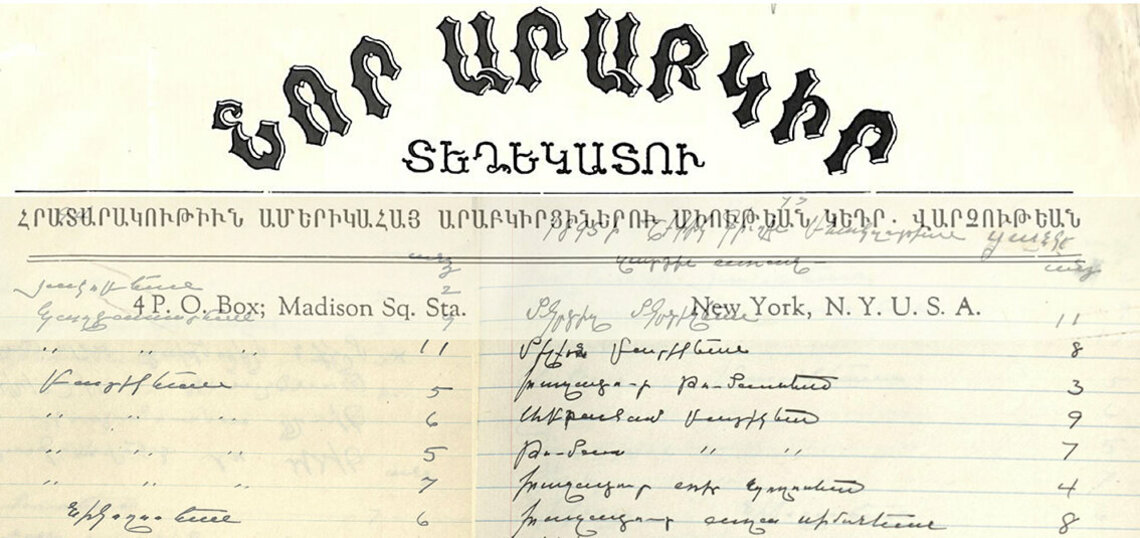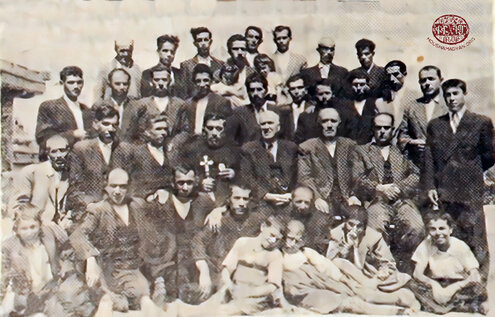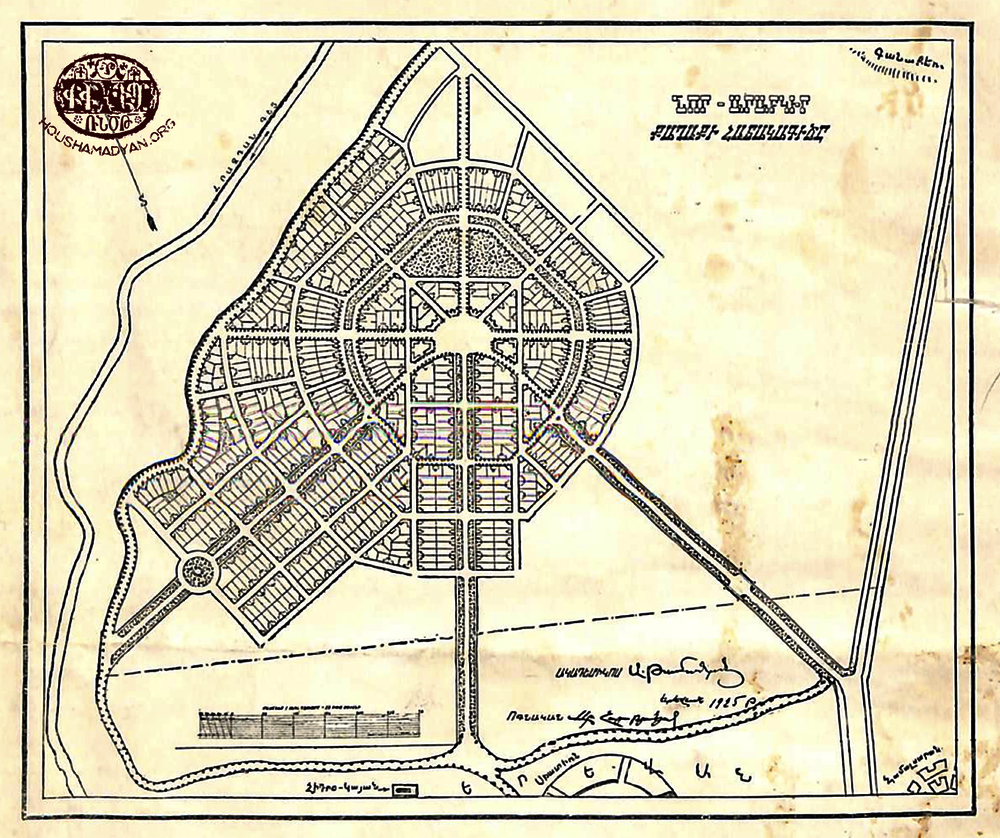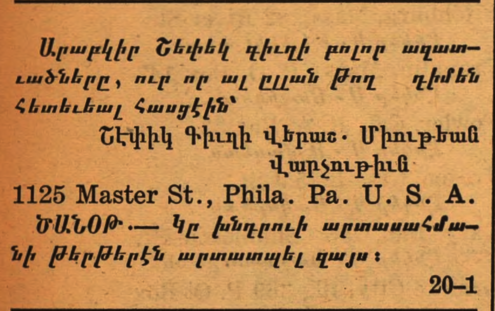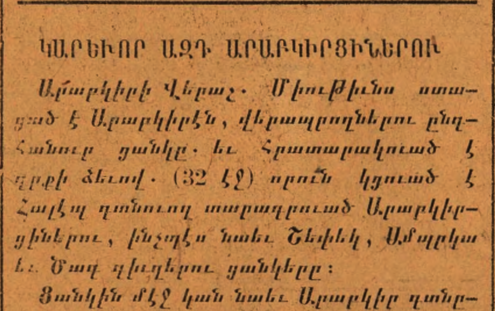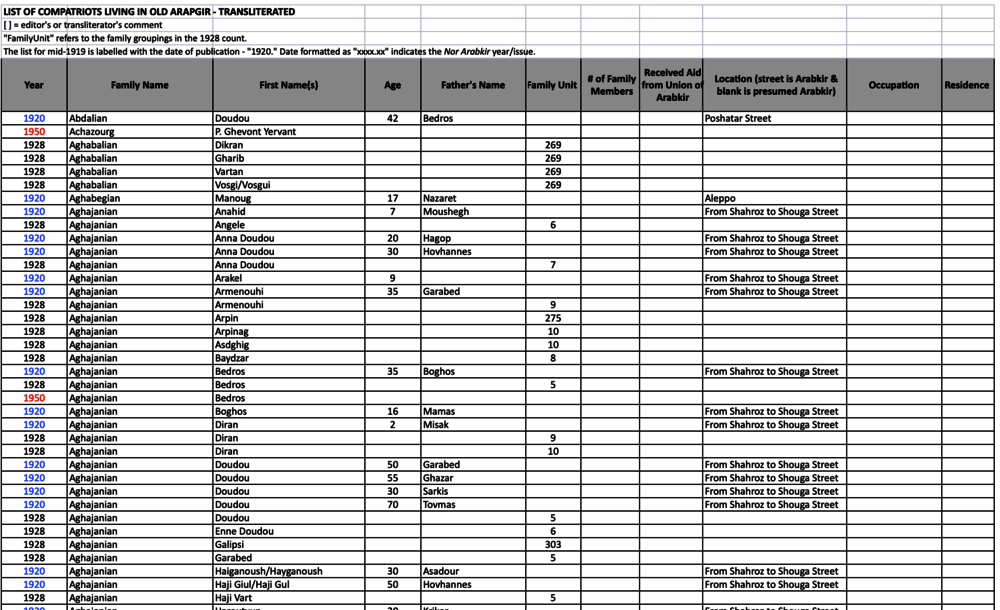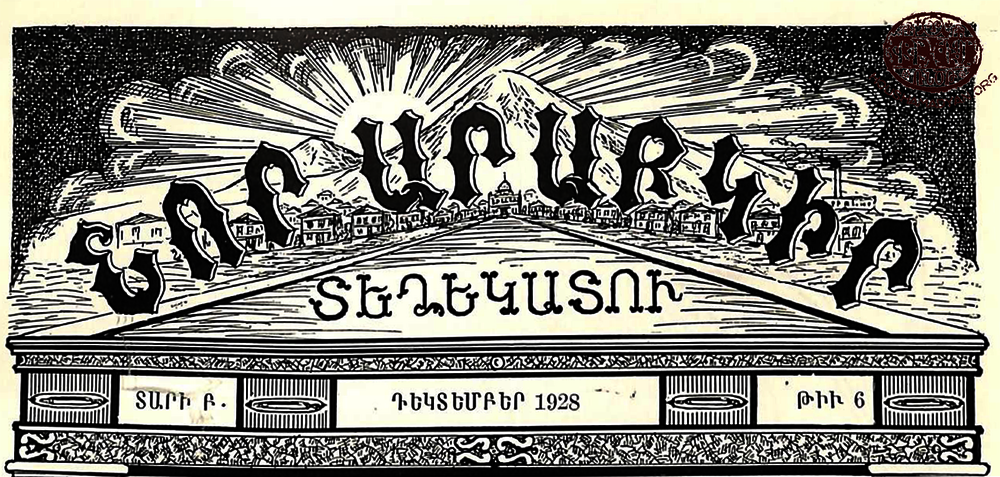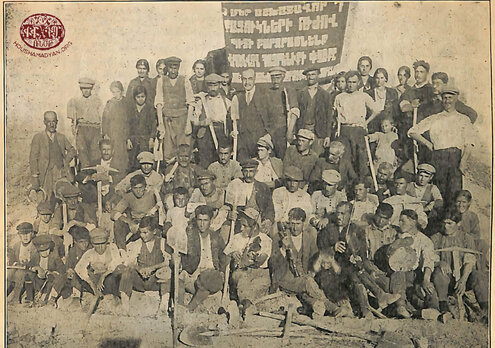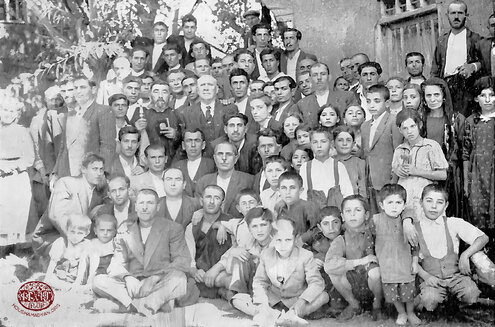Demography
Chronicling the Armenians of Arapgir
Author: Todd Shaphren (Paregian), 15/05/2023 (Last modified: 15/05/2023)

In an earlier article, we discussed the work of the Reconstruction Union of Arapgir, which published a list of Genocide survivors who had returned to Arapgir and the nearby villages in the months following the end of World War I. Interestingly, the Union of Arapgir continued to check on the number of Armenians in Arapgir through the early 1980s while helping them to emigrate to Nor Arapgir/Nor Arapkir in Soviet Armenia and providing those who stayed with monetary aid. [1]
These unofficial counts constitute a record of the decline of the Armenian presence in the kaza of Arapgir, in Turkey. They are also important reference materials for those researching their Armenian family histories.
As a baseline, we can cite Antranik Poladian for the pre-Genocide population of Arapgir and the nearby villages. In his monumental history of the Armenians of Arapgir, he reviewed the available sources and concluded that the population of the kaza was around 35,000 with about half being Armenians. [2]
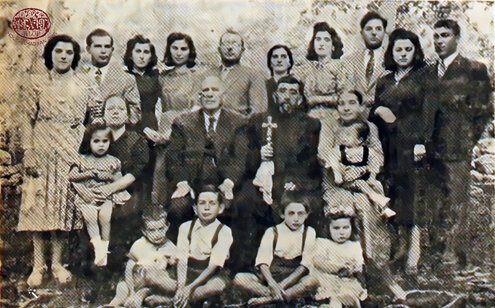
The demography of Arapgir was forever changed in 1915. The List of Arapgir Survivors, published in April 1920, listed 2,226 survivors in Arapgir and three nearby villages along with 216 in Aleppo for a total of 2,442. The list dated from mid-1919, so it is unlikely that a large number of survivors had yet made their way outside of Asia Minor.
What happened to these 2,226 survivors who were recorded as living in and around Arapgir in mid-1919? Did the city’s Armenian population recover and thrive in the aftermath of World War I? Sadly, the war establishing the Turkish republic and the anti-Armenian policies of the Republican period led to the decline of the Armenian population and community to the point that it is basically nonexistent today. [3] This decline is memorialized in the pages of Nor Arapgir Deghegadoo, which was published by the Union of Arapgir, initially in New York City, from 1925 until 1983.
As early as 1928, the Union of Arapgir published a list of Armenians still living in Arapgir. It was organized by family and included the complete name of each individual. There are 948 Armenians listed from 305 families – a dramatic drop from the number of survivors counted in 1919. [4] Many people left due to the unstable political conditions in the early 1920s. In addition, the Union of Arapgir had helped hundreds move to the brand-new city of Nor Arapgir just outside of Yerevan in the mid to late 1920s.
The next count of Arapgir Armenians was in 1950 and was provided by Father Toros Chalegdjian, the priest (kahana) of Everek. He made a tour of the provinces and his numbers for Arapgir were reported in Nor Arapgir Deghegadoo. [5] The Armenians of Arapgir numbered 115 as of July 25, 1950. [6] These appear to be adults, or a head of household, and not complete families. If we use the average family size from the 1963 count (4.45), then the actual population was around 500. Armenians had continued to leave the area; either going to Istanbul and then the West, or emigrating to Nor Arapgir in Yerevan after World War II.
The last of these unofficial counts was from 1963. It was reported in Nor Arapgir Deghegadoo that 272 Armenians from 61 families lived in and around Arapgir. [7] The Armenian community in Arapgir had continued to shrink: ~17,000 (pre-1915) to 2,226 (1919) to 948 (1928) to ~500 (1950) to 272 (1963).
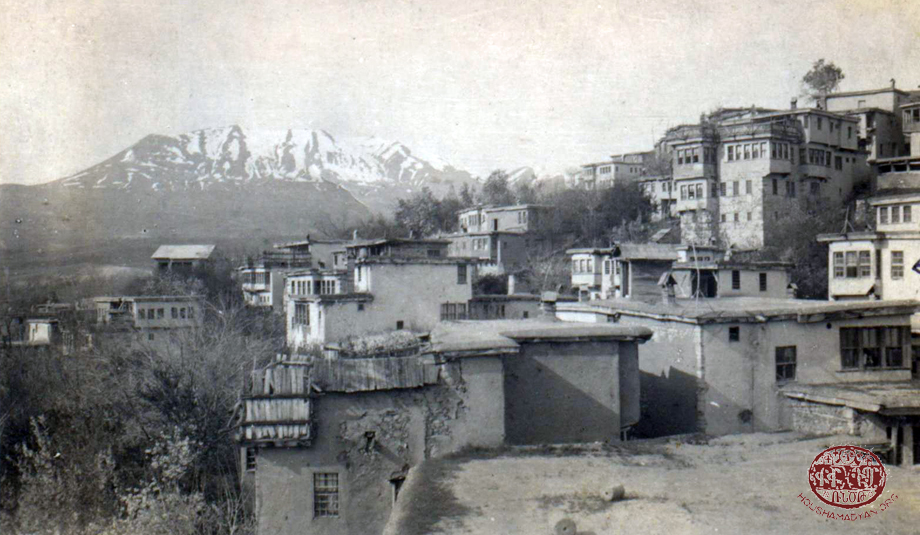
Interestingly, the 1963 report included the occupation of the head of each household and whether the family rented or owned their home. Thirteen family heads were unemployed, and the dominant profession was “laborer” [գործաւոր] with 10 entries. The variety and economic importance of these occupations is a far cry from those described for Arapgir Armenians in an 1891 French trade journal. [8] This further illustrates the decline of the Armenian community in the eastern provinces in the fifty years after the Genocide.
In the 1970s and 1980s, several lists appeared in Nor Arapgir Deghegadoo covering the people to whom the compatriot organization sent money. [9] There were 25 individuals in 1970 who received assistance, 24 in 1971, 26 in 1974, 22 in 1980, and 19 in 1981. A letter written in thanks for the 1980 donations included the following: “[w]e don't have any new development to pass on to you …. There are only a few houses [households] left here [Arapgir]. There's only the Shepig [and] [V]ank village[s], where there are about five households.” [10]

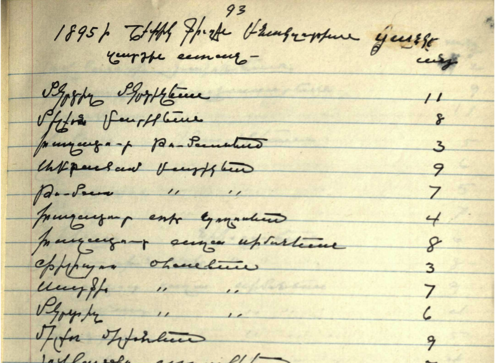
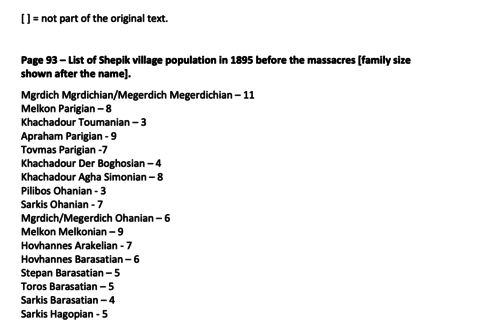

Arapgir Census
At the 22nd Annual Congress of the Union of Arapgir held in Boston in May 1949, the decision was made to take a census of all Arapgir Armenians living outside of Nor Arapgir in Soviet Armenia. [11] The project was part of the ongoing effort to prepare a history of the Armenians of Arapgir. The history, written and edited by Poladian, was published some twenty years later.
A contemporary article in Nor Arapgir Deghegadoo was titled “Let us Realize the Census.” The author exhorted all Arapgirtsis to rally to the effort in order to enumerate all survivors “who, barely evading death, have scattered across foreign countries over the last half century.” It was hoped that the result would be “a memoir of those, who, being chased by beasts called humans, got scattered across the world, yet they never forgot their sky and country ARAPGIR.” [12] A shorter article pushing for widespread participation was included in English.
Less than a year later, an article appeared in which the importance of the census to the writing of the history of Arapgir was reaffirmed. Here, it was specifically mentioned that a questionnaire had been sent, and that it should be completed and returned promptly. [13]
It does not appear that there was any further discussion of the census in Nor Arapgir Deghegadoo, and it is not mentioned specifically in Poladian’s history, though some of the biographical information on prominent individuals in the book could have been submitted with the return of census questionnaires.

Shepig Village Census
Two lists have been found that date from the period of the proposed Arapgir census and cover the nearby village of Shepig. If we assume that the counts for the Arapgir villages within the broader Arapgir census were to be done by the village compatriot organizations, then it makes sense that these lists were accomplished by the Union of Shepig and represent examples of the overall effort.
The two lists were located in a Shepig sub-file within the Union of Arapgir files in the National Archives in Yerevan. [14] They record 1) the Shepig population by family in 1895 before the Hamidian massacres and 2) the Shepig population outside of Nor Arapgir by family circa 1950.
Hripsime Mamassian is named as the organizer of the lists. Hripsime had been a schoolteacher in Shepig and immigrated to Philadelphia in 1910. She would have been knowledgeable about the Union of Shepig, as it was in her house that her brother, Arakel Melkonian, conducted the business of that compatriot union, as President, at the end of World War I. This important advertisement in Hairenik from the summer of 1919 includes Hripsime’s address:
“All those saved from Shepig, Arapgir, wherever they are, let them apply to the following address: The Committee of the Shepig Reconstruction Union, 1125 Master St., Phila. Pa. U.S.A. Note: We ask the diaspora magazines/papers to reprint this”. [15]
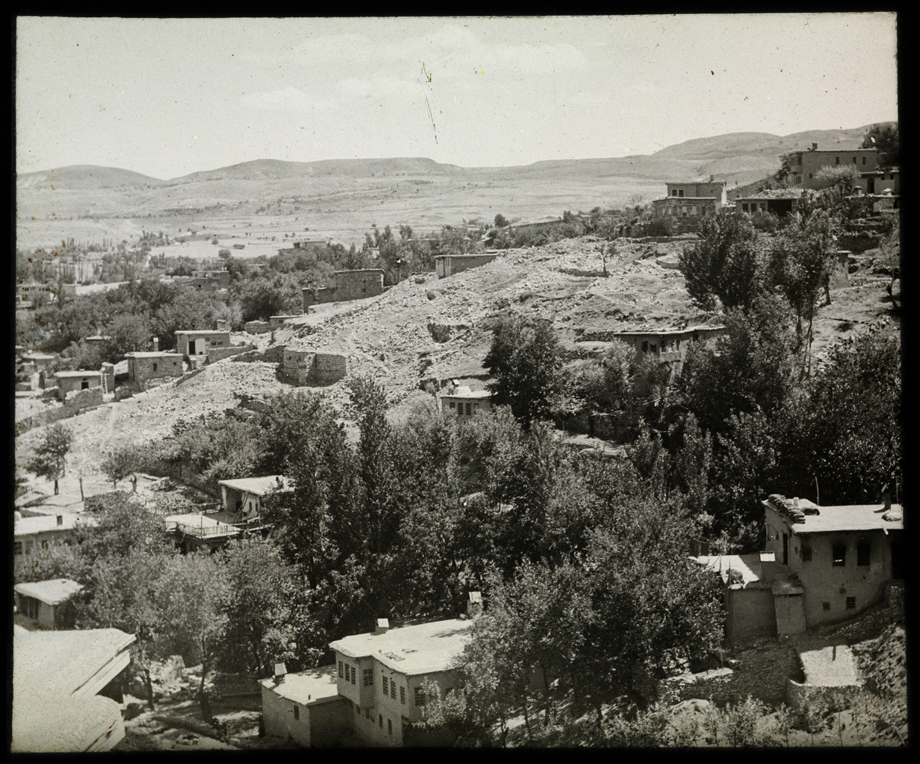
Arakel died in 1940, the Secretary, Garabed Hagopian, died in 1948, and Garabed Paregian, the Treasurer, moved to California in 1945. So, it makes sense that Hripsime was asked to coordinate this important project. The locations of several families in the diaspora and the headings within the documents allow us to date the lists to 1950, which falls within the period of the broader Union of Arapgir census. Hripsime died in 1954.
In addition to individual names, the lists provide the following summary information about Shepig people:
- There were 88 families and 523 family members in the 1895 population.
- There were 52 families and 234 family members throughout the world circa 1950.
- 25 individuals (in an unknown number of families) were in Shepig, two-thirds of whom were born after the Genocide.
As with any survey, it is likely that not all Shepig people in the diaspora were contacted or, if contacted, returned the survey. In addition, there may have been errors in remembering names and family sizes. However, the information for the writer’s family and for several other relatives is correct. It is the only printed record for the population of Shepig village from 1895 to the present.
Special Note: I owe a real debt to Hasmig Kurdian who gave her time so graciously and ably provided the transliterations of the lists in Nor Arapgir Deghegadoo, and to Jean Simon Khazarian who transliterated the names in the lists for our ancestral village of Shepig. And, special thanks to Khazhak Drampyan who found the lists of Survivors and Shepig people, and sent them to me.


Appendix
Other Population Lists for Arapgir Compatriots in
| Nor Arapgir residents | No. 7, 1929, begins on pg. 116. |
| Immigrants to Nor Arapgir | No. 12, 1936, begins on 2nd page. |
| Arapgir people in Beirut | No. 24, 1944, begins on pg. 19. |
| Arapgir people in the United States (in English with addresses) | No. 24, 1944, begins on pg. 22. |
| Arapgir people repatriating from Aleppo and Beirut | No. 28, 1946, begins on pg. 592. |
| Arapgir people in Khartoum | No. 42, 1954, begins on pg. 1407. |

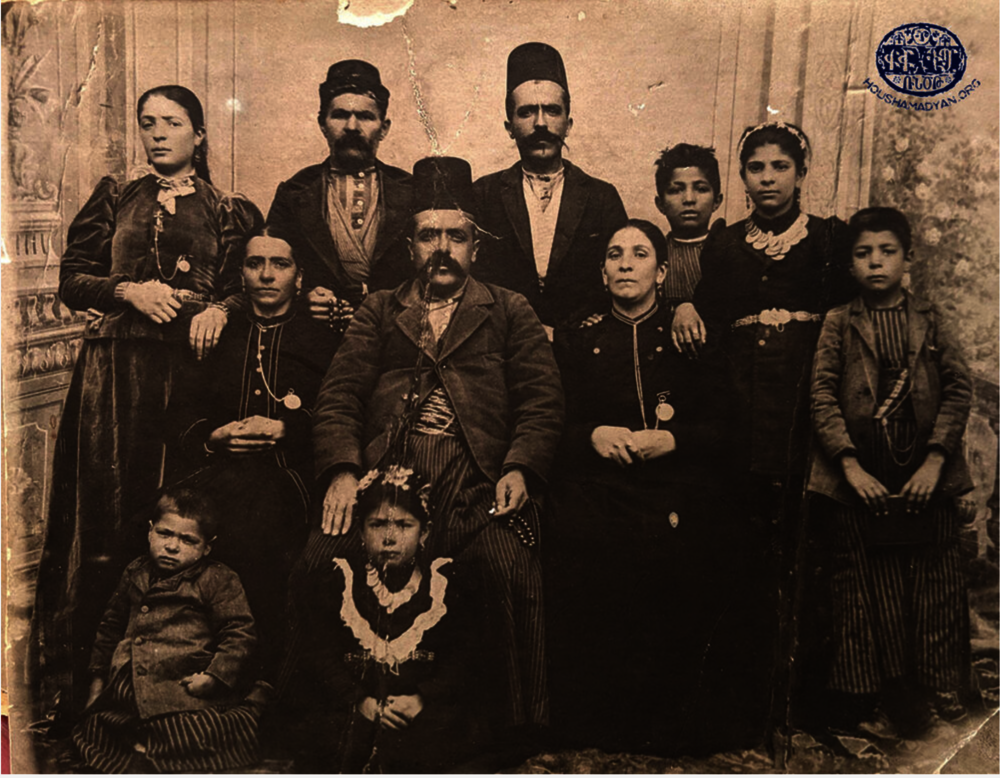
- [1] The compatriot society for Arapgir people, the Philomathic Associations of Arapgir, was established in November 1911 by combining three independent associations. The new organization was centered in New York City, though this changed over the years. In 1917, the Reconstruction Union of Arapgir was formed to aid survivors, and the two organizations were combined in December 1922 as the Union of Arabkir.
- [2] Jerjian, George and Poladian, Antranik, Arapgir: Homage to an Armenian Community, Xlibris, 2014, pp. 32-3. Jerjian’s book is an abridged version in English of Antranik L. Poladian’s Batmoution Hayots Arapgiri [History of the Armenians of Arapgir].
- [3] It must be mentioned that an unknown number of Islamized Armenians, Turks with Armenian ancestry, and “hidden” Armenians still reside in the area. These do not constitute an active Armenian community and were not recognized in the counts we reference in the Union of Arapgir publications. See https://www.youtube.com/watch?v=1kTCPgq4cRM (The Last Armenian of Arapgir) and Mayda Saris, Son Arapgirli: Varsen Oruncakciel [The Last Remaining Arapgirtsi: Varsen Oruncakciel], Birzamanlar Yayincilik, Istanbul, 2011.
- [4] Nor Arapgir Deghegadoo, No. 6, 1928, pp. 92-6.
- [5] Interestingly, this count is described in Suciyan’s The Armenians in Modern Turkey. She also notes that Father Chalegdjian performed 55 marriages and 126 baptisms during his visit (Suciyan, Talin, The Armenians in Modern Turkey: Post-Genocide Society, Politics and History, I.B. Tauris, 2017, p. 58).
- [6] Nor Arapgir Deghegadoo, No. 35, 1950, pp. 1017-8.
- [7] Nor Arapgir Deghegadoo, No. 60, 1963, pp. 17-8.
- [8] For a listing from the Annuaire oriental du commerce, de l'industrie, de l'administration et de la magistrature... 10e année, 1891 see https://bluebirdmaps.com/2017/10/04/prominent-armenians-in-eastern-anatolia-vilayets-1891-part-4/
- [9] Donation lists appeared in earlier years, as well.
- [10] Nor Arapgir Deghegadoo, No. 86, 1980-81, pg. 25. Hasmig Kurdian translated this letter.
- [11] Nor Arapgir Deghegadoo, No. 33, 1949, pg. 873. Hasmig Kurdian translated this article.
- [12] Nor Arapgir Deghegadoo, No. 33, 1949, pg. 873.
- [13] Nor Arapgir Deghegadoo, No. 34, 1950, pp. 951-2.
- [14] Arapgir Compatriot Union, Central Administration of America, Fund 447, Case 42, Shepig sub-file, National Archives of Armenia. This material was retrieved by Khazhak Drampyan and transliterated by Jean Simon Khazarian.
- [15] This advertisement appeared seven times in Hairenik in June and July 1919. Translated by Hasmig Kurdian.
